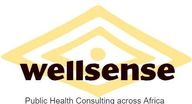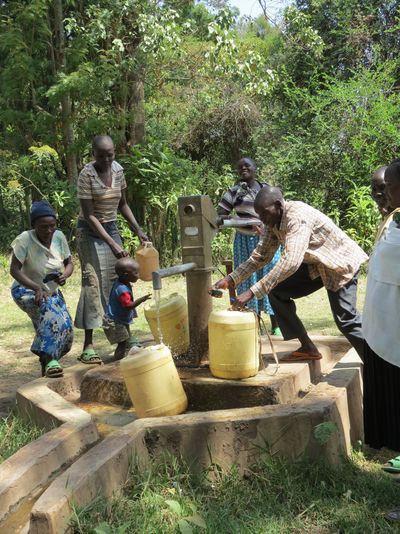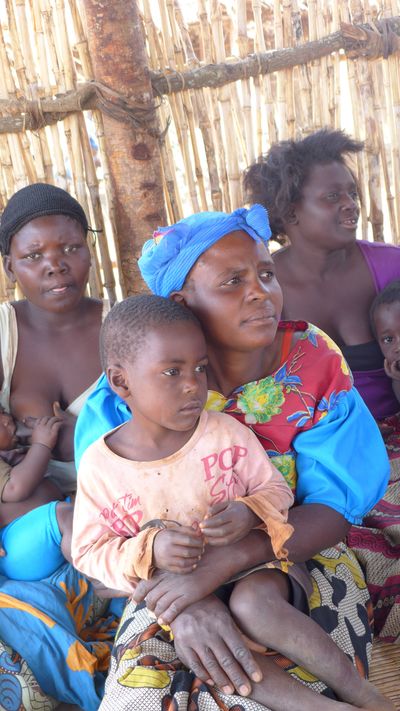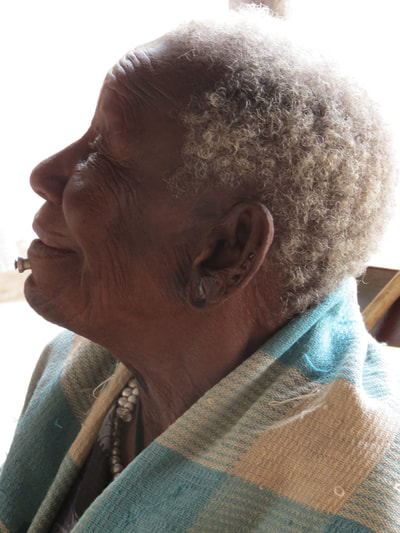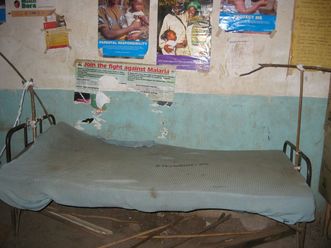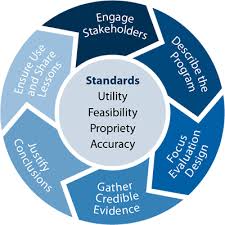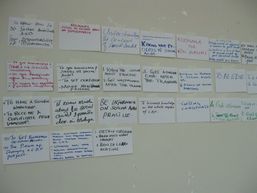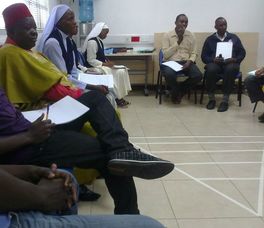Assessments & Evaluations
In relation to:
Malaria - Tuberculosis - Sexual Reproductive Health - Obesity - Girl Child Health - Maternal Child Health -
Malnutrition - Family Planning - HIV/AIDS - Community Health - Water & Sanitation - Health Environment interface
Malaria - Tuberculosis - Sexual Reproductive Health - Obesity - Girl Child Health - Maternal Child Health -
Malnutrition - Family Planning - HIV/AIDS - Community Health - Water & Sanitation - Health Environment interface
